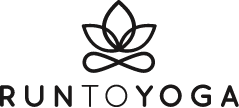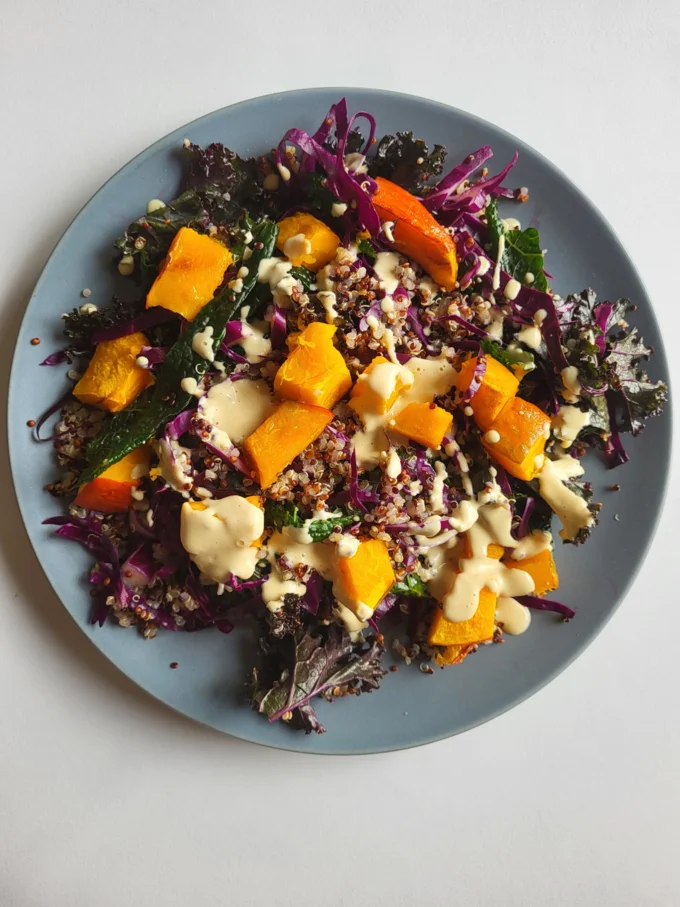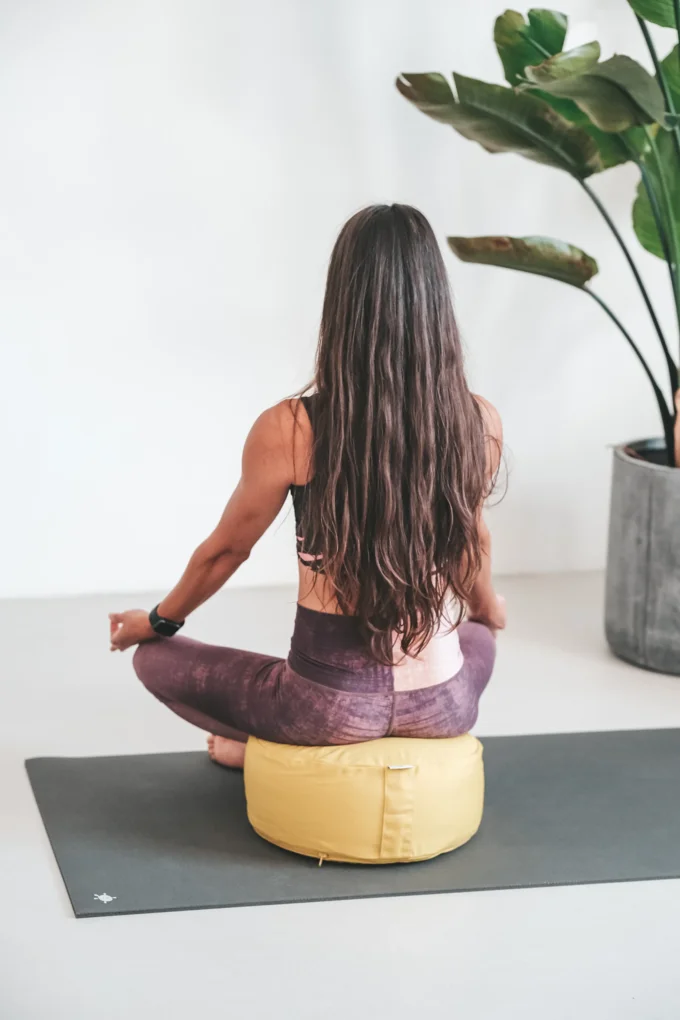In Traditional Chinese Medicine (TCM), autumn marks the time when the lung energy becomes most active. This season typically spans from late August to mid-November, bringing cooler, drier air that affects both the lungs and the large intestine. In TCM, these organs are linked to the metal element, representing clarity, purity, and structure.
The Lungs and Their Role
The lungs are vital for breathing, oxygenating the body, and regulating moisture and fluid circulation. They also govern the defensive Qi (Wei Qi), which protects us from external influences like cold and wind. When the lungs are strong, we’re more resilient to colds and respiratory infections.
The large intestine also plays a key role during autumn. It is responsible for eliminating waste and absorbing water. If the lungs and large intestine aren’t in harmony, it may result in dry skin, constipation, or frequent colds.
Metal Element and the Autumn Season
In TCM, the metal element is associated with autumn as it symbolizes transformation, order, and letting go. Nature sheds its leaves, the air becomes crisp and dry, inviting introspection and stillness.
Emotionally, autumn is linked to grief and melancholy. It’s important to allow emotions to flow and release, as holding onto them may affect lung health and overall energy balance.
Foods that weaken the lungs: cold foods and drinks, dairy products, sugary foods, fried and greasy foods. These tend to generate mucus, burden the lungs, and weaken the body's natural defense system.
Foods that strengthen the lungs: sesame, cabbage, millet, beans, green beans, turnip, peas, chard, spinach, cauliflower, tofu, pumpkin. These foods help balance lung energy, moisturize the airways, and strengthen the body, especially during the autumn season, when strong lungs are essential for overall well-being and immunity.
Steam inhalation is a simple and highly effective method for cleansing the respiratory tract, especially in the colder months, when the lungs are more sensitive and the airways prone to dryness. Warm steam helps to moisturize the mucous membranes, soften mucus, and soothe the breathing passages.
How to do it: bring water to a boil in a large pot. Once boiling, add 3 tablespoons of salt, stir well, and place the pot on a stable surface. Cover it, remove from heat, uncover after a few minutes, and wait for the steam to settle slightly. When the steam is no longer too hot, sit in front of the pot, lean gently over it (not too close), and cover your head with a large towel or blanket to trap the steam. For the first few minutes, inhale the steam from the side. Then, slowly bring your face closer. Breathe in through the nose and out through the mouth. Continue the inhalation for up to 20 minutes, or until the steam cools.
Caution: never inhale very hot steam, as it can burn the respiratory tract. This technique is helpful when you feel congested, have dry nasal passages, or want to support lung function. It’s also excellent as preventive care, especially during cold, dry, or flu-prone periods.
Salt steam inhalation is a natural and effective way to keep airways clear, support mucus elimination, and enhance lung health.
The Neti pot is a traditional Ayurvedic tool used for nasal rinsing. This practice gently removes excess mucus, dust, allergens, and bacteria from the nose and sinuses. Regular use helps improve breathing, reduce nasal congestion, and prevent respiratory infections.
Preparation: dissolve 1/2 teaspoon of sea or Himalayan salt in 2–3 dl of warm, boiled water. The solution should feel pleasantly warm, not hot.
Procedure: lean over a sink, turn your head slightly to one side, and keep your mouth open. Gently insert the tip of the Neti pot into the upper nostril. Let the water flow slowly so that it exits through the lower nostril. Then repeat on the other side. After rinsing both nostrils, gently blow your nose to remove remaining water and mucus.
Benefits: Neti rinsing supports clear nasal passages, helps with sinus congestion, allergy symptoms, and colds, and contributes to the overall health of the respiratory system. It’s especially useful in autumn and winter, or in dry, polluted, or allergenic environments.
Tips for safe use: always use boiled or sterilized water, ensure the salt ratio is correct, and clean your Neti pot thoroughly after each use.
A regular Neti practice keeps your nasal passages clean, clear, and resilient, and supports breathing and immunity throughout the colder months.
Breathing techniques are a powerful way to strengthen the lungs and support the respiratory system, especially during the autumn season, when the lungs are most active and sensitive according to Traditional Chinese Medicine (TCM). Correct breathing improves lung capacity, balances energy flow (qi), and enhances the body’s natural resilience. These techniques can be practiced seated or lying down, with a focus on upright posture, which allows for an unobstructed flow of breath and energy.
1. Upright spine breathing
Sit on a meditation cushion (Zafu) or on a chair with the spine upright, shoulders relaxed, and hands resting on your knees or abdomen. Inhale slowly through the nose for a count of four, filling the lungs completely. Hold the breath for a moment, then exhale slowly through the nose for a count of six, allowing the lungs to fully empty. Repeat for 5 to 10 minutes, focusing on a steady rhythm and the expansion and contraction of the lungs. This practice increases lung capacity and helps calm the mind by supporting open posture and deep breath flow.
2. Relaxed belly breathing (seated pranayama)
Sit comfortably on a meditation cushion, cross-legged or in lotus, allowing the hips to stay slightly elevated and the spine to remain long and soft. Rest your hands in your lap, with thumb and index finger touching, palms facing upward. Inhale through the nose and feel the lower belly expand. Visualize the breath moving downward toward the navel. Then exhale slowly through the nose, letting the abdomen draw in toward the spine. Practice for 10 to 15 minutes, maintaining awareness on each full breath. This technique opens the breathing pathways, calms the nervous system, and balances lung energy.
3. Reclined pranayama with support
For deeper breathing and full relaxation, lie down with a pranayama bolster placed lengthwise along the spine, allowing the chest to gently open. Keep the head slightly elevated, arms relaxed by your sides with palms up, and feet comfortably apart. Close your eyes and begin breathing slowly and naturally. This supported position enhances chest expansion, encourages upper-lung breathing, improves energy circulation, and releases tension in the chest. Reclined pranayama is ideal for restoring breath, regulating energy, and gently strengthening the respiratory system.
Adding breathing techniques to your daily routine, especially when practiced with supportive tools like a meditation cushion or pranayama bolster, offers long-term benefits for lung health, immune resilience, and overall vitality in colder months.
In autumn, nature teaches us the art of letting go. Just as the trees shed their leaves, we are invited to allow our body and breath to release what is no longer needed — tensions, toxins, excess thoughts. In traditional systems such as yoga and naturopathy, the lungs are deeply connected to spaciousness, surrender, and vulnerability. They are not only organs of respiration, but also of emotional processing — especially grief, openness to life, and reconnecting with ourselves through the rhythm of breath.
This is why autumn is the perfect time for a gentle pranayama practice, nourishing foods, warm daily rituals, and using supports that encourage natural posture and breathing — whether it's a meditation cushion, a pranayama bolster, or simply a few quiet moments with full awareness on inhale and exhale.
When we care for the lungs, we care for our connection to life. The breath is the bridge between the body and consciousness — and each season gives us a new opportunity to anchor back into it.







